Many people are overwhelmed by the thought of organizing their digital photos. They know they want to do it and feel they should do it, but they don’t know where to start.
I recommend the same four-step process for every photo organization project:
- Gather
- Preserve
- Organize
- Share
I always start with gathering because it allows me to estimate the scope of the project, save time, and minimize redundant work.
Gather everything you have from the list below and put it in one place such as a dining table.
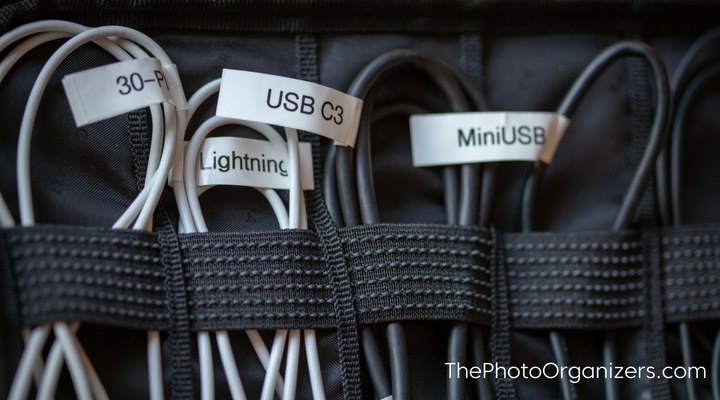
Gather: Digital Sources to Consider
Computers
Make sure all your computers are charged, turned on, plugged in, and logged in before you start. Include all desktop and laptop computers, and don’t forget old computers that might not be used anymore.
Phones and Tablets
Most people today take more photos with their phones than their cameras, so gather all your phones and tablets. Make sure they’re charged, you have the right cables, and you know the passcodes.
External Hard Drives
Do you have any external hard drives or backup drives that have images on them? Gather those drives and any necessary cables and power cords.
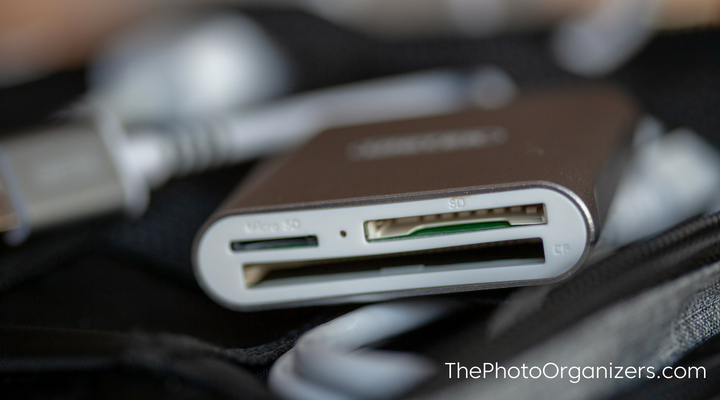
Memory Cards
Do you have digital camera memory cards with images still on them? Don’t forget the one still in your camera!
CDs and DVDs
We don’t use these much anymore, but you might have images on old discs that were used for backups, sharing, or provided by your photo lab.
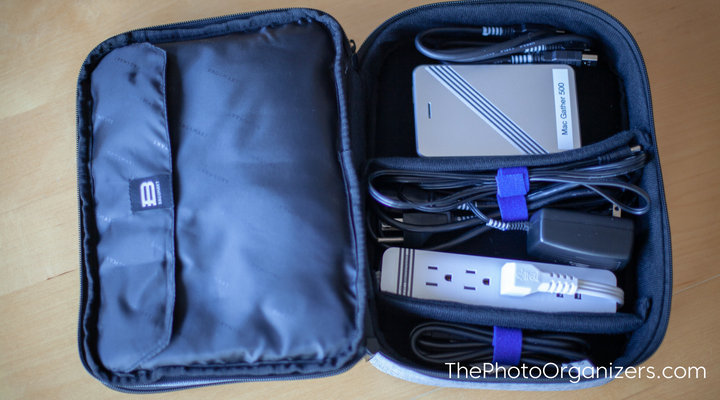
After all these image sources have been gathered, I use my laptop and Digital Gathering Toolkit to copy all the imagesto a single external hard drive, so I can start preserving and organizing the photos.
Be Prepared: Tools You Might Need
As a former boy scout, I like to be prepared for anything so I created a digital photo gathering toolkit. The list of tools below is comprehensive, and you probably won’t need all of these cables. You can purchase just what’s appropriate for your situation.
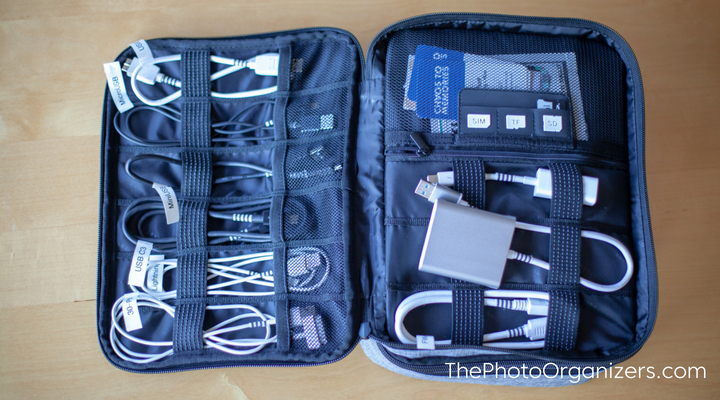
| Laptop Computer | I avoid the latest computers that only have USB-C connectors because I deal with a lot of older computers and devices and I need as many ports and adapters as possible. |
| External USB Hard Drives | I only use USB 3 drives because they offer maximum speed and compatibility. I format one for Mac and one for Windows so I’m ready for anything. |
| USB Micro cable | Use this cable to copy images from Android phones, Android tablets, and many other small devices. |
| USB Mini cable | Use this cable to copy images from many external hard drives and digital cameras. |
| USB C to USB 3 Adapter | Use this cable to connect your USB cables and devices to newer laptops that only have USB C ports. |
| Firewire 400-800 cable | Firewire hard drives are relatively uncommon, but they’re out there. Use this cable use in conjunction with the Thunderbolt to Firewire 800 adapter below to connect this kind of hard drive to a laptop with a Thunderbolt 2 port. |
| Firewire 800 cable | Firewire 800 was an upgrade to Firewire 400 drives that were faster but used a different cable type. Use this cable use in conjunction with the Thunderbolt to Firewire 800 adapter below to connect this kind of hard drive to a laptop with a Thunderbolt 2 port. |
| Thunderbolt to Firewire 800 adapter | Use this adapter to connect either of the above Firewire cables to the Thunderbolt 2 port on your computer. |
| Thunderbolt 3 Dock | If you have a newer laptop with only Thunderbolt 3/USB-C and you deal frequently with older devices such as Firewire drives, then you should consider a dedicated Thunderbolt 3 Dock like this https://eshop.macsales.com/shop/docks/owc-thunderbolt-3-dock |
| Lightning cable | Use this cable to connect modern Apple devices including iPhones, iPads, and iPods. |
| Apple 30-pin cable | Use this cable to connect older Apple devices including early versions of the iPhone, iPad, and iPod. |
| Multi-Card Reader | Most of my clients have photo archives that include images from dozens of different digital cameras and several different memory card formats. That’s why I bring a USB memory card reader that supports many different formats. Popular formats include Secure Digital (SD), MicroSD, and CompactFlash (CF), but you might also find Sony MemoryStick (MS) and the XD cards from Fuji and Olympus cameras. |
| MicroSD Adapter | If your multi-card reader supports the MicroSD format then this isn’t really necessary, but I always keep one on hand just in case. They are small, inexpensive, and make it easier to handle these tiny cards. |
| Generic Power Cord | It’s impossible to copy images from a device that doesn’t turn on, so I bring a generic power cord in case it helps me power an old computer or an external hard drive. |
| Travel Power Strip with USB Ports | Many old cameras, phones, and devices have drained batteries and will only function if they are plugged in. That’s why I bring a travel power strip with USB ports to keep everything charged and working throughout the gathering session. |
| Extension Cord | None of this is going to work if you can’t keep the devices powered, so I bring an extension cord to keep everything running. |
| iKlear Single-Use Screen Cleaners | Old devices have a way of attracting dust, animal hair, crumbs, and finger prints. One wipe can clean multiple laptops, monitors, tablets, phones, and cameras. |
| Color circle stickers | I use small colored circle stickers to mark which devices have been completed. I like the stickers designed for yard sales because they are strong enough to attach but can easily be removed without a sticky mess. |
| Carrying Case | I store all of these cables and tools in a handy carrying case that I bring with me to every new project. |
Over time you might stumble upon other cable types not listed here and new formats will be released, but with a digital photo gathering toolkit like this you can tackle any digital photo organizing project with confidence.
If you need help organizing and preserving your lifetime of photos, videos and keepsakes, find a photo organizer near you at the Association of Personal Photo Organizers.
Don’t forget to grab your copy of Photo Organizing Made Easy: Going from Overwhelmed to Overjoyed from APPO founder Cathi Nelson.
 Adam Pratt loves people, photography, and a good story. With 20 years of experience in technology and design, he helps families organize their photos, preserve their memories, and tell their stories. He’s the founder of Chaos to Memories and specializes in preserving both physical and digital photos so they can be enjoyed for generations.
Adam Pratt loves people, photography, and a good story. With 20 years of experience in technology and design, he helps families organize their photos, preserve their memories, and tell their stories. He’s the founder of Chaos to Memories and specializes in preserving both physical and digital photos so they can be enjoyed for generations.
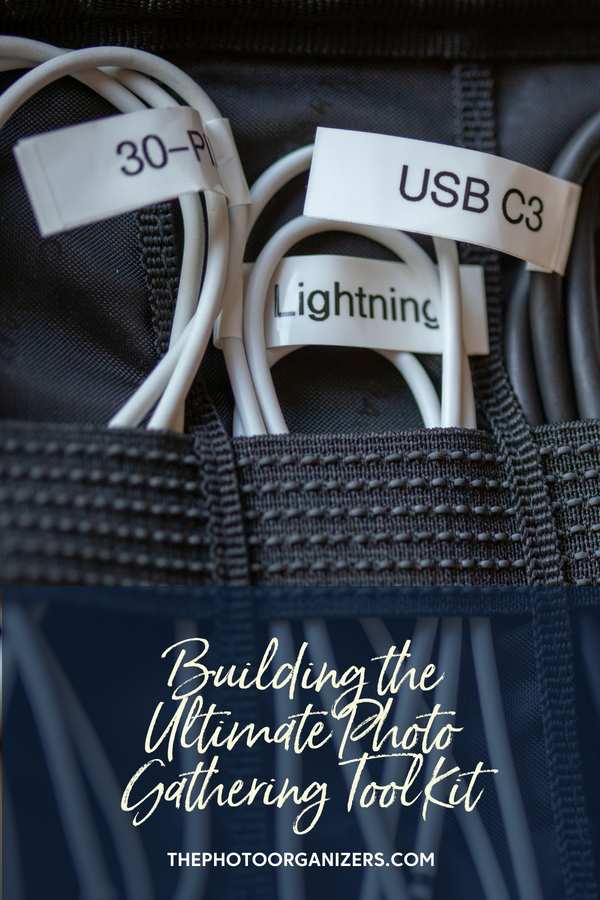

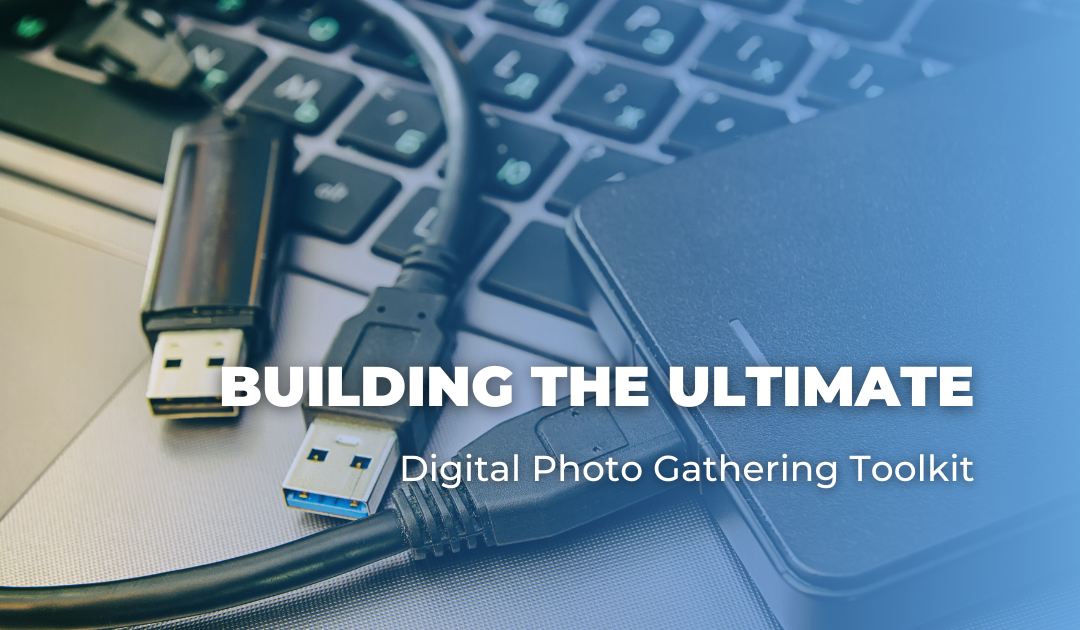
Is there something else in your toolkit I haven’t thought of?